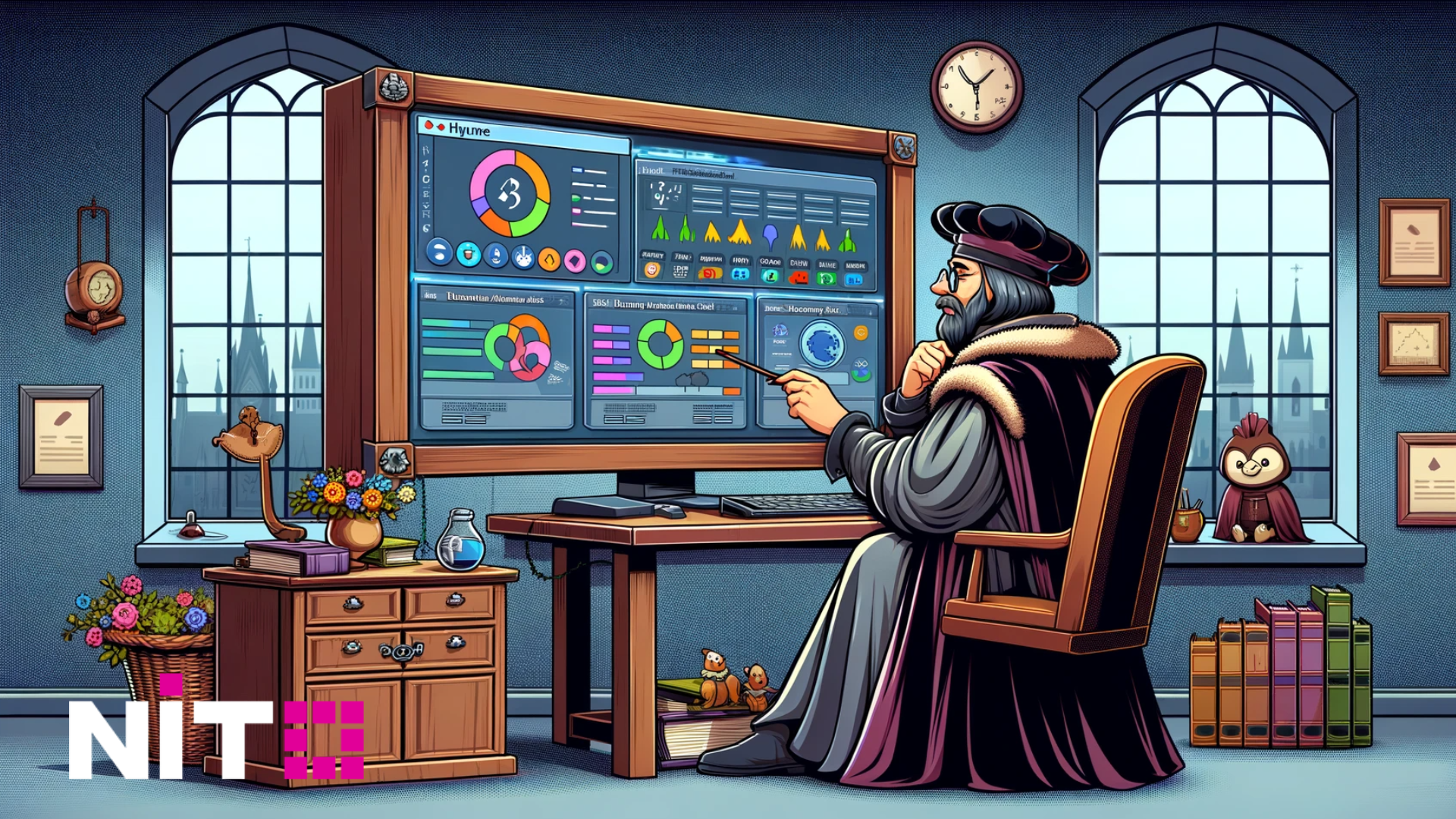The Evolution of IT Monitoring: From Reactive to Proactive and Predictive Models
In the dynamic world of information technology, monitoring services have undergone a significant transformation. From the early days of reactive strategies to the modern era of proactive and predictive models, IT monitoring has evolved into a sophisticated discipline that is fundamental to the success of businesses across various sectors. In this deep dive, let’s explore the journey of IT monitoring, its impact on business operations, and what the future holds.
The Early Days: Reactive Monitoring
In the initial stages of IT development, monitoring was predominantly reactive. This approach, akin to putting out fires, involved identifying and resolving issues after they had occurred. The primary focus was on fixing problems rather than preventing them. While effective in dealing with immediate issues, reactive monitoring was fraught with challenges, including prolonged downtimes and significant resource allocation for troubleshooting.
The Shift to Proactive Monitoring
As technology advanced, the limitations of a reactive approach became evident, paving the way for proactive monitoring. This paradigm shift marked a significant advancement in IT management. Proactive monitoring involves continuous oversight and regular maintenance to identify and address potential issues before they escalate into major problems.
This approach is characterized by routine system checks, performance benchmarking, and regular updates. It reduces downtimes and enhances system reliability, ensuring smoother business operations. Proactive monitoring also allowed IT teams to plan and allocate resources more effectively, leading to increased efficiency and reduced costs.
The Advent of Predictive Monitoring
The latest evolution in IT monitoring is the move towards predictive models, powered by advancements in artificial intelligence (AI) and machine learning (ML). Predictive monitoring goes beyond identifying existing or imminent issues; it leverages data analytics to anticipate potential problems and suggests preventive measures.
This model utilizes historical data and ongoing performance metrics to create predictive models. These models can forecast potential system failures, security breaches, and performance bottlenecks. The power of predictive monitoring lies in its ability to provide actionable insights, enabling IT teams to implement solutions well before issues impact business operations.
The Role of AI and ML in IT Monitoring
AI and ML are at the forefront of this transformative phase in IT monitoring. These technologies enable the analysis of vast amounts of data at unprecedented speeds, providing deeper insights into system performance and potential vulnerabilities. AI-driven monitoring tools can learn from past incidents and user behaviors, continually improving their predictive capabilities.
Furthermore, AI and ML can automate routine monitoring tasks, freeing up IT personnel to focus on more strategic initiatives. This automation also leads to faster response times and more efficient problem resolution, enhancing overall business productivity.
The Business Impact of Advanced IT Monitoring
The evolution of IT monitoring has had a profound impact on business operations. Proactive and predictive monitoring models have significantly reduced system downtimes, mitigated the risk of data breaches, and improved overall IT efficiency. This, in turn, translates into cost savings, enhanced customer satisfaction, and a stronger competitive edge in the market.
Businesses that embrace advanced monitoring techniques benefit from a more resilient IT infrastructure, capable of adapting to changing demands and emerging threats. This resilience is crucial in today’s fast-paced, data-driven business environment.
Looking Ahead: The Future of IT Monitoring

The future of IT monitoring is bright and brimming with potential. As AI and ML technologies continue to evolve, we can expect even more sophisticated predictive models. The integration of IoT (Internet of Things) devices and the increasing complexity of network architectures will further enhance the scope and capabilities of IT monitoring tools.
In the near future, we might see IT monitoring solutions that are not only predictive but also prescriptive, offering specific recommendations and automated solutions to identified challenges. The continued integration of AI will also enable more personalized monitoring solutions, tailored to the unique needs and contexts of different businesses.
The journey from reactive to proactive and predictive IT monitoring represents a significant technological leap. Our team at NITO is fully engaged in evolution reflecting the broader trends in IT, where innovation is not just about creating new tools but also about enhancing reliability, efficiency, and security. As businesses continue to rely heavily on technology, the role of advanced IT monitoring will only grow in importance, making it a key differentiator in the success and resilience of businesses in the digital age. NITO makes possible to be a part of the solution in easiest way possible, just sign up for a trial… it only takes few minutes.